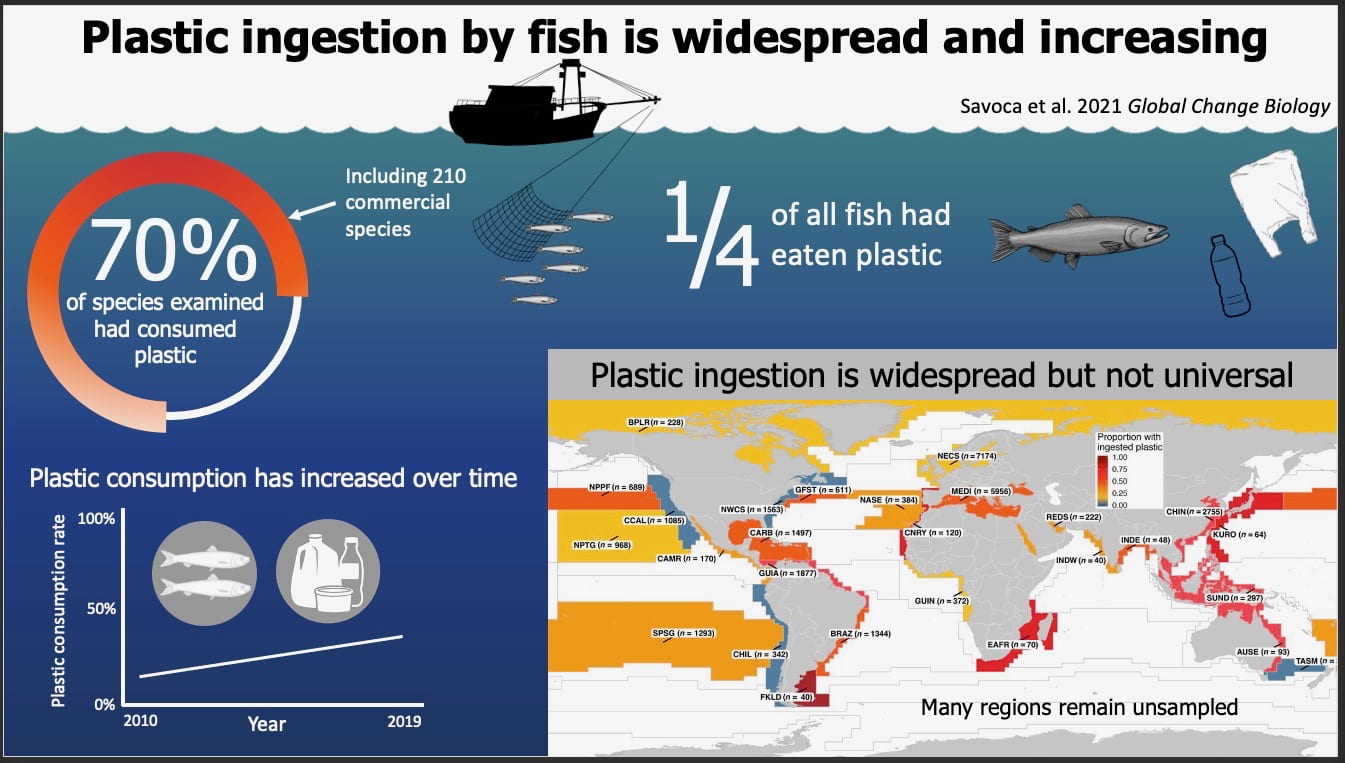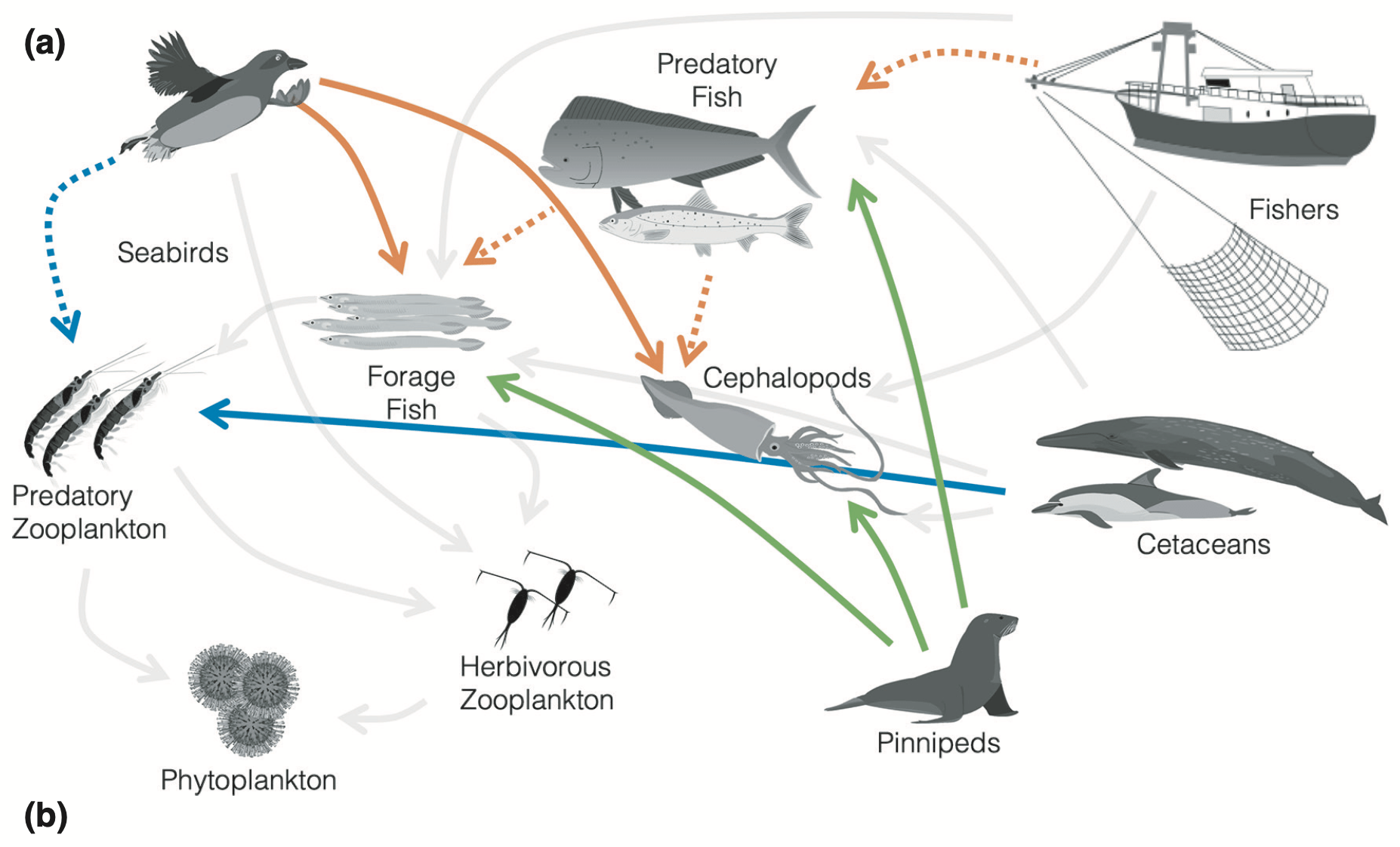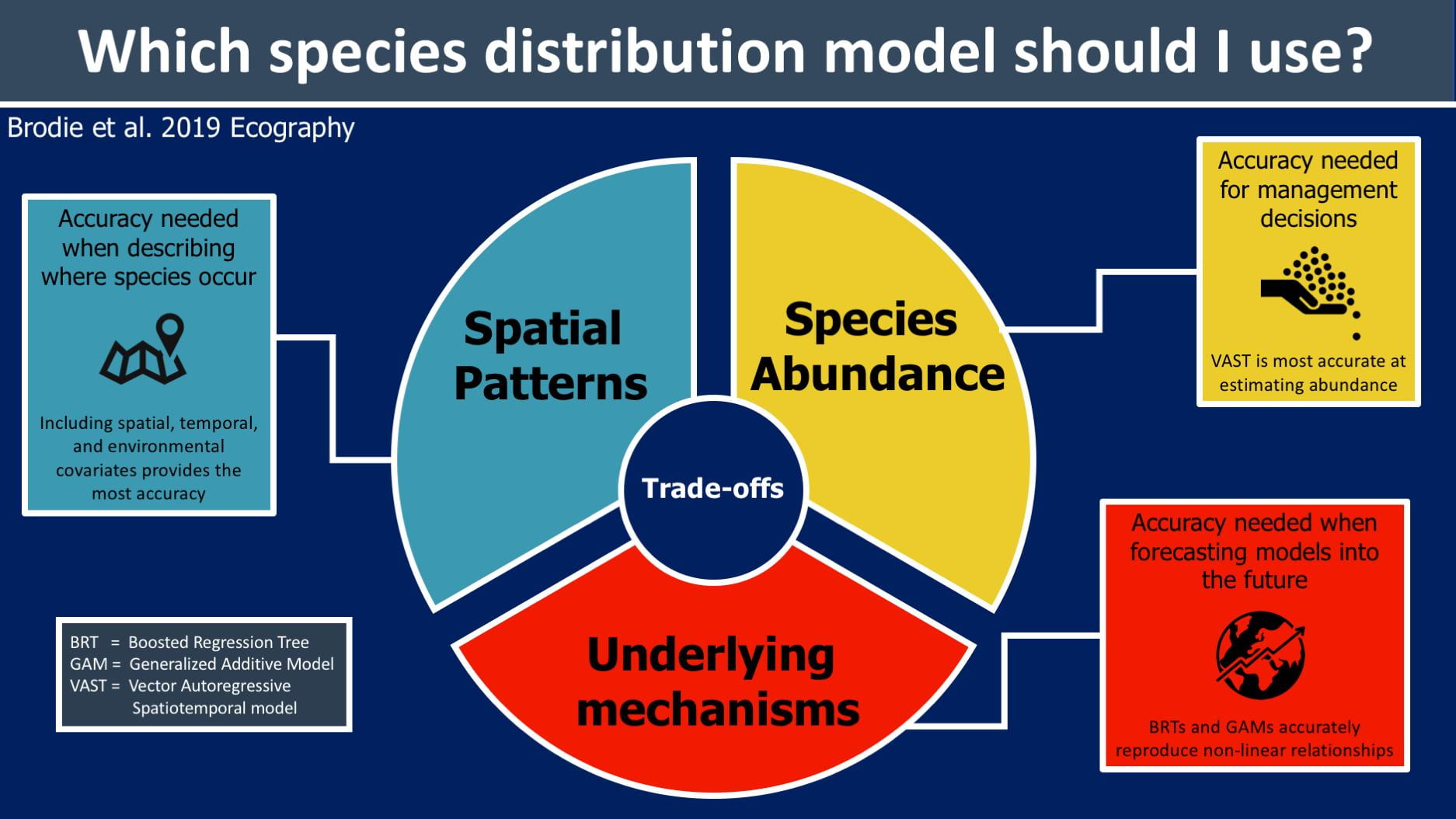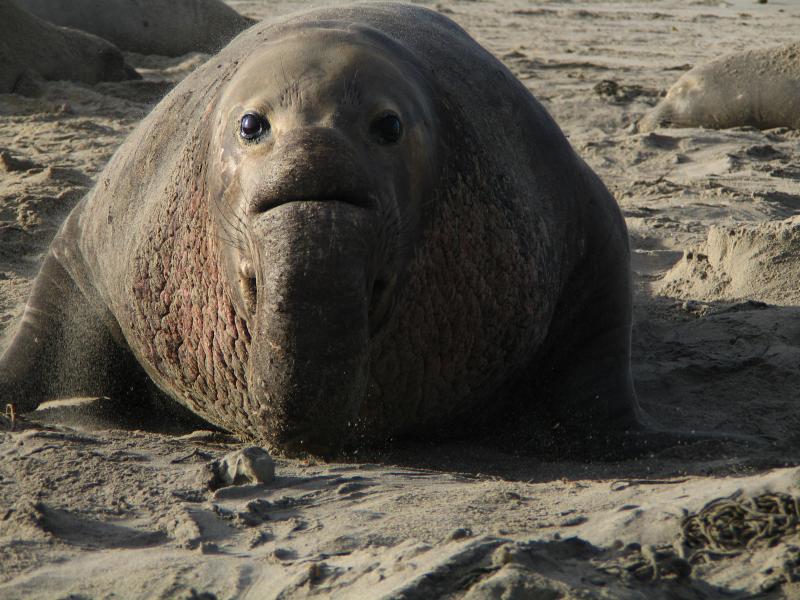
Three new papers have come out that discuss the roles of ecosystem sentinels in detecting ocean change. In Beltran et al. published in Science, Elephant seals may be the perfect sentinel for the deep ocean, helping us understand how the deep ocean might be responding to broad scale ocean changes. A recent review by Clark-Wolf et al. published in Journal of Applied Ecology analyzed what factors make the best sentinels. In summary, being observable at fine temporal scales, and being closely linked to the species or ecosystem components, are two factors that make a more reliable sentinel. Lastly, a recent review led by our team in Annual Reviews of the Environment and Resources highlights the diversity of sentinel use in management, and ties into how sentinels can be used to pro-actively identify future pandemics, highlighting their importance well beyond just marine ecosystems.
Read the full story below!
https://www.fisheries.noaa.gov/feature-story/krill-elephant-seals-sentinel-species-detect-hidden-ocean-shifts-forecast-change

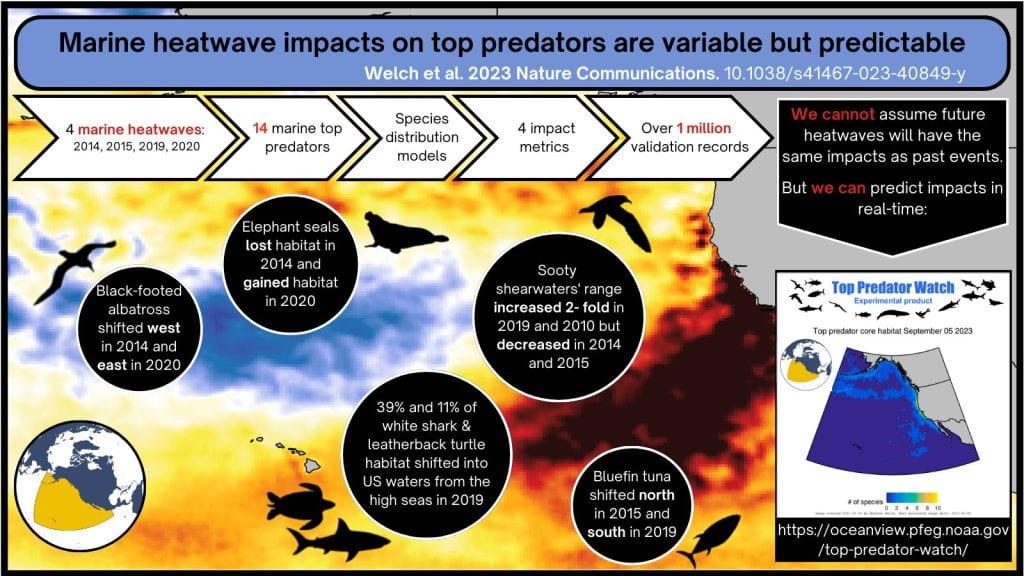
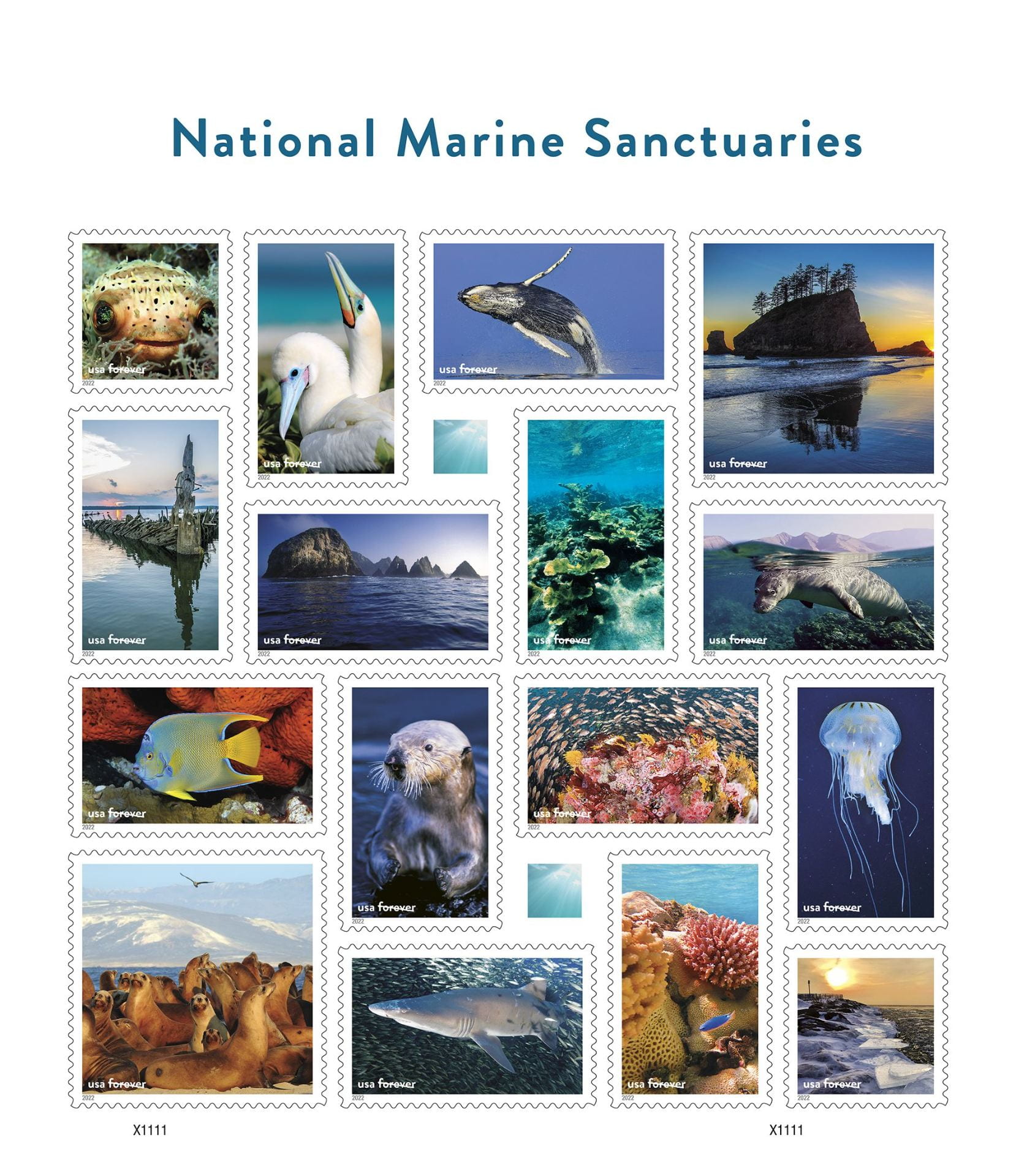
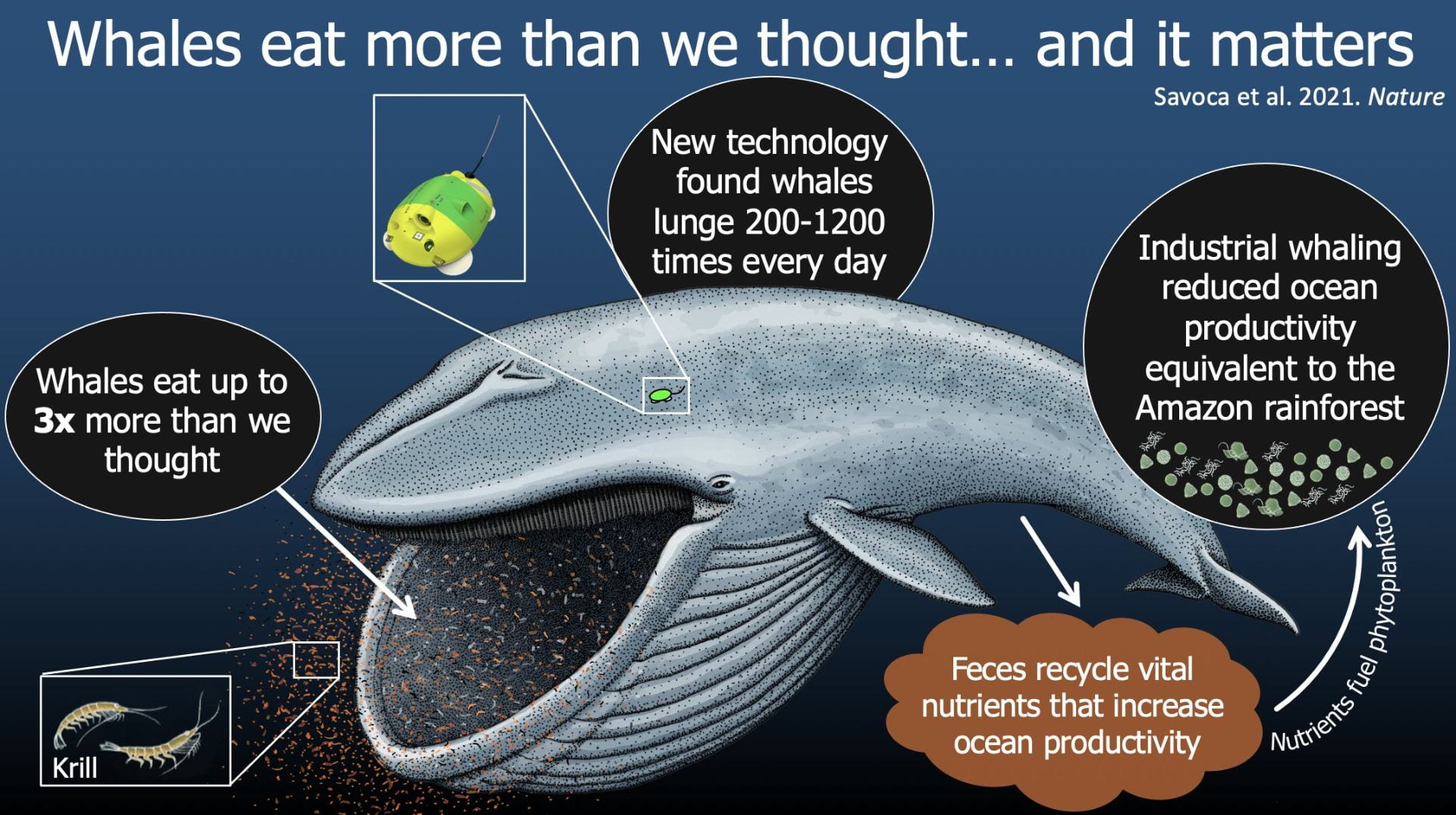 Infographic (c) Stephanie Brodie
Infographic (c) Stephanie Brodie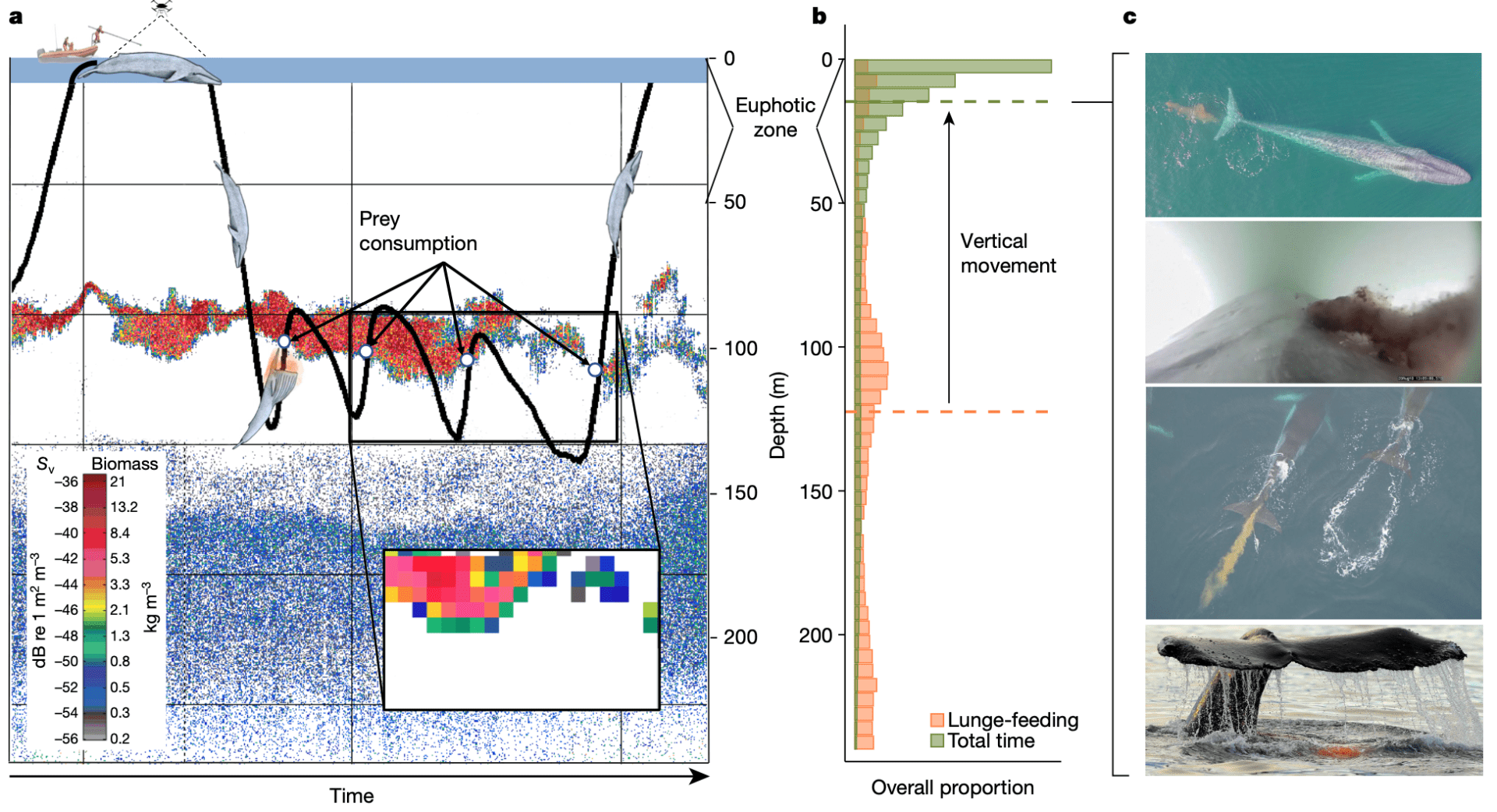 Figure 1. Fieldwork needed to measure whale size, behavior, and the density of the prey they eat. The vertical difference in foraging and feces may redistribute nutrients to keep marine ecosystems flowing.
Figure 1. Fieldwork needed to measure whale size, behavior, and the density of the prey they eat. The vertical difference in foraging and feces may redistribute nutrients to keep marine ecosystems flowing.